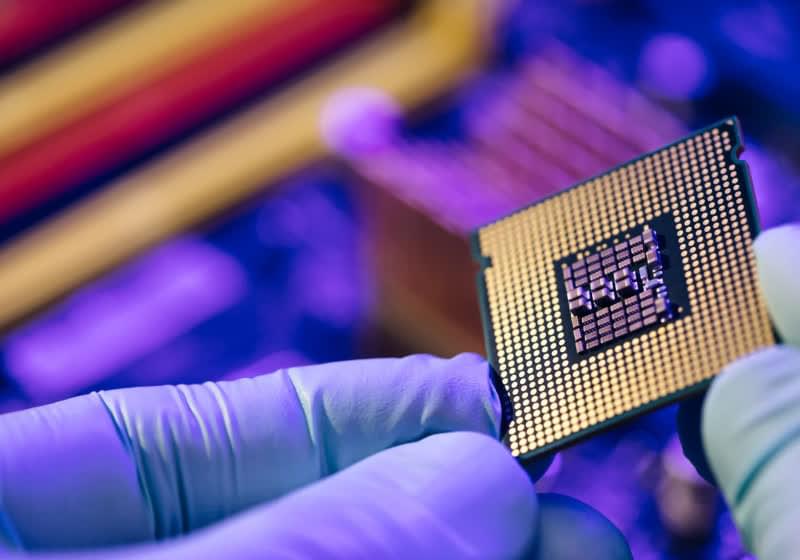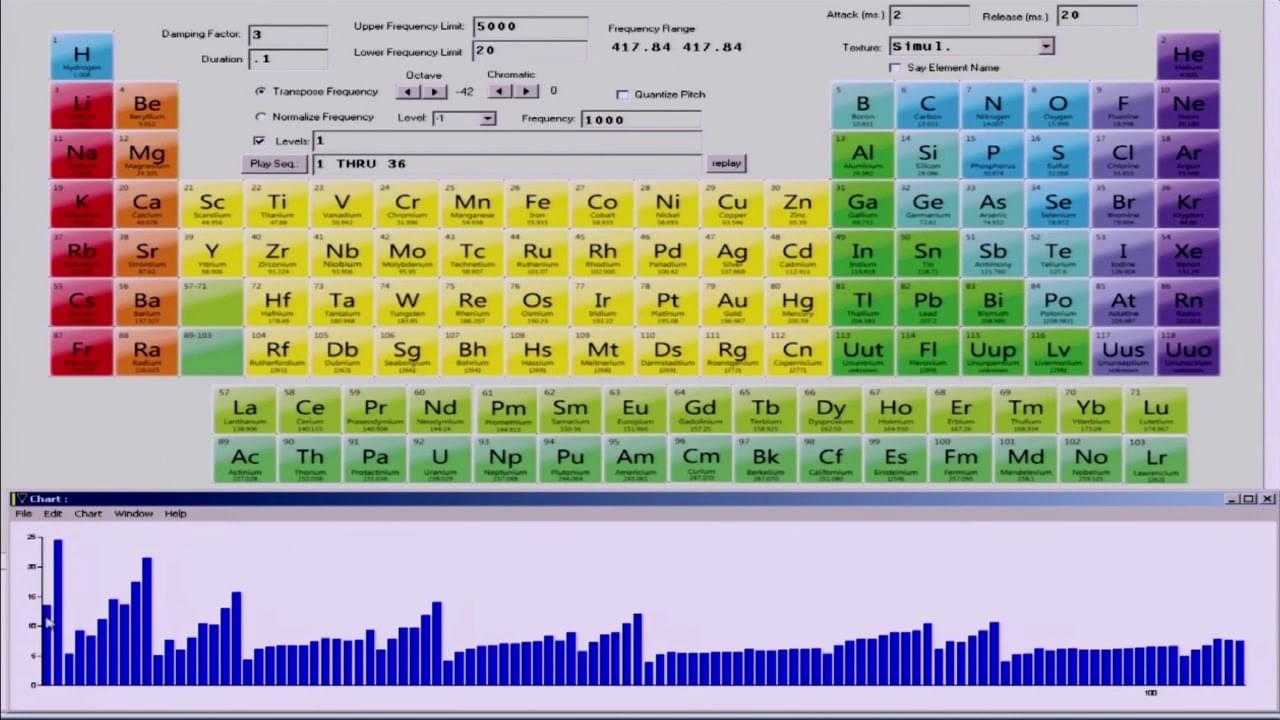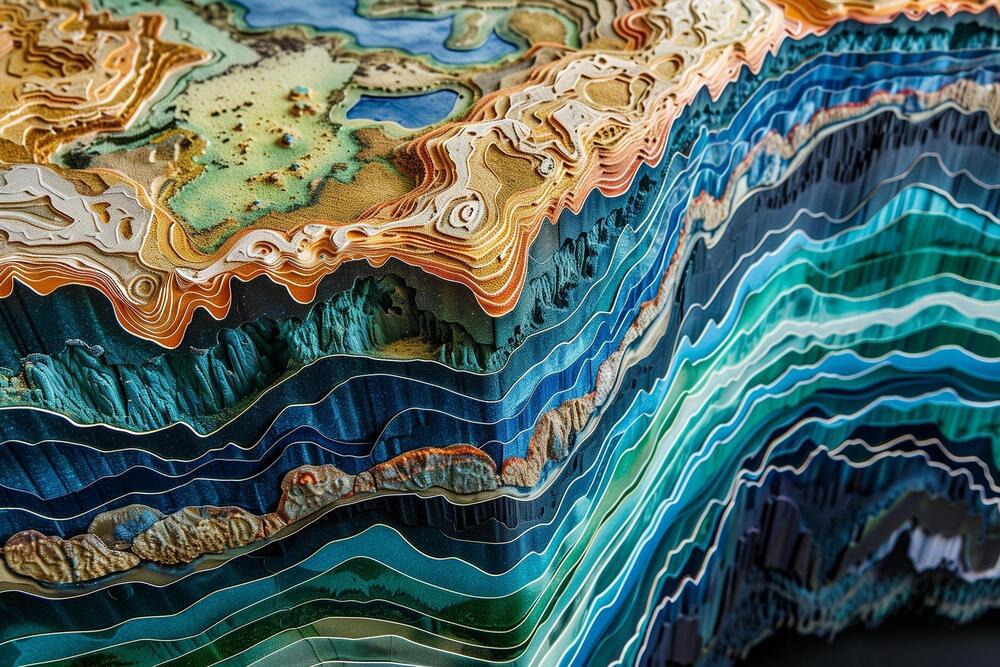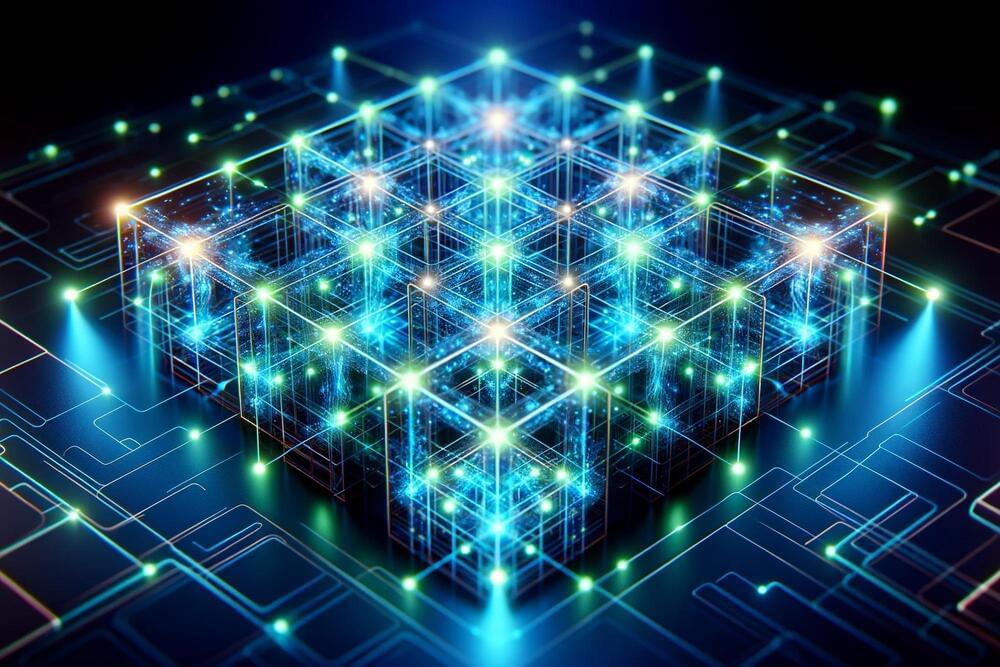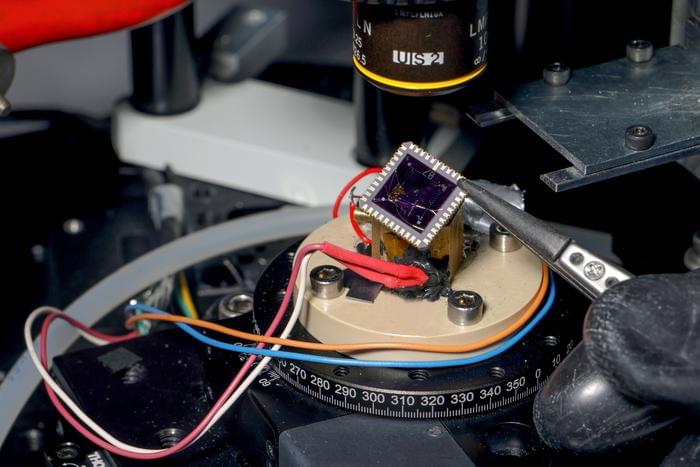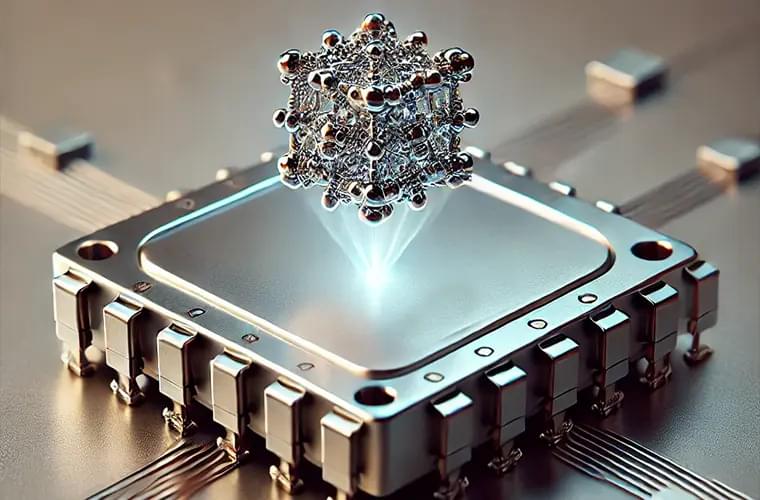Jul 8, 2024
Revolutionizing Magnetism: Polarized Light Unlocks Ultrafast Data Storage and Spintronics
Posted by Saúl Morales Rodriguéz in categories: computing, particle physics
New research introduces a non-thermal method for magnetization using circularly polarized XUV light, which induces significant magnetization changes through the inverse Faraday effect, potentially transforming ultrafast data storage and spintronics.
Intense laser pulses can be used to manipulate or even switch the magnetization orientation of a material on extremely short time scales. Typically, such effects are thermally induced, as the absorbed laser energy heats up the material very rapidly, causing an ultrafast perturbation of the magnetic order.
Scientists from the Max Born Institute (MBI), in collaboration with an international team of researchers, have now demonstrated an effective non-thermal approach of generating large magnetization changes. By exposing a ferrimagnetic iron-gadolinium alloy to circularly polarized pulses of extreme ultraviolet (XUV) radiation, they could reveal a particularly strong magnetic response depending on the handedness of the incoming XUV light burst (left-or right-circular polarization).



